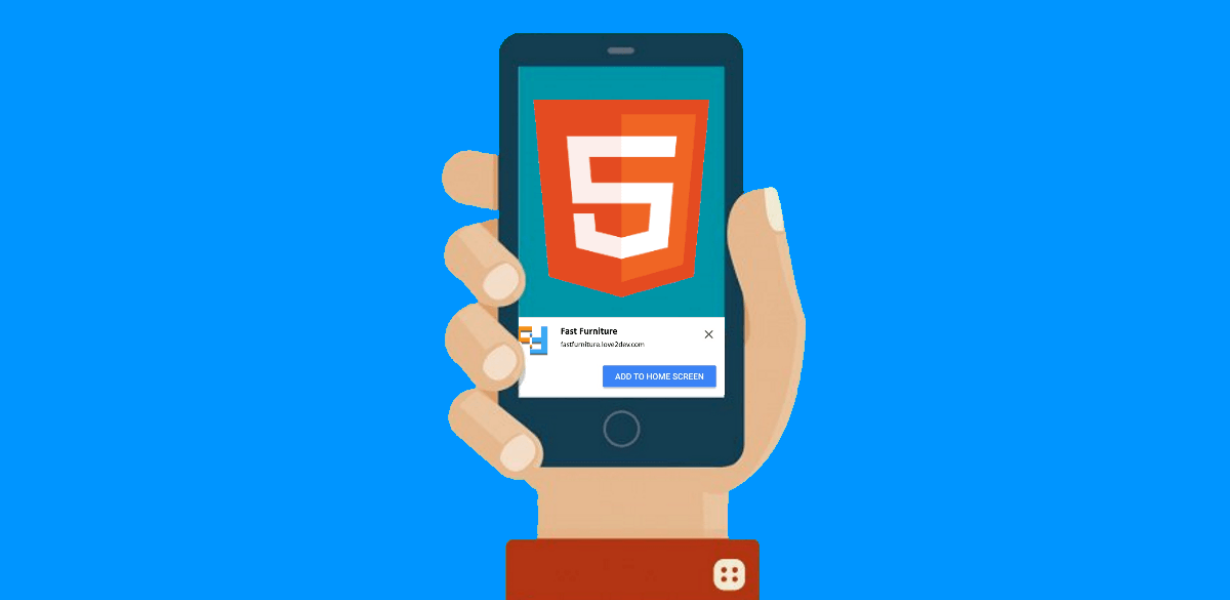
Enhancing User Engagement: Mastering Web App Manifest Techniques for Effective Push Notifications
- Post
- August 8, 2023
- Progressive Web Apps, Web App Manifest, Web Technologies
- 0 Comments
In today’s dynamic digital landscape, user engagement stands as a cornerstone for success. As businesses strive to captivate and retain users, push notifications have emerged as a powerful tool. By seamlessly integrating push notifications into web applications, developers can establish a direct channel of communication with users, fostering engagement and interaction. This comprehensive guide delves into cutting-edge techniques for leveraging web app manifest to enhance user engagement through effective push notifications.
Understanding Web App Manifest and Its Significance
Web app manifest, a JSON file, serves as the blueprint for progressive web applications. It provides essential information such as the application’s name, icons, and presentation style. By enabling a web app to be installed on a user’s device, it bridges the gap between web and native applications, enhancing user experience.
Crafting an Optimal Web App Manifest
Creating an effective web app manifest is crucial for successful push notifications. This section explores the key components of a manifest file, including the app’s name, icons, display mode, and background color. By tailoring these elements to align with your brand and user preferences, you can maximize user engagement.
Enabling Push Notifications: A Seamless User Experience
Integrating push notifications requires finesse to ensure users welcome, rather than resent, these messages. Learn how to prompt users for notification permissions at the right moment and establish clear opt-in mechanisms. Balancing the frequency and relevance of notifications is paramount to prevent users from opting out.
Implementing Push API and Service Workers
To deliver push notifications efficiently, utilizing the Push API and service workers is imperative. Dive into the technical aspects of setting up service workers, handling push events, and customizing notification content. Leveraging these tools allows for real-time updates and personalized notifications, significantly boosting user engagement.
Personalization and Segmentation Strategies
Generic notifications can lead to disengagement. Discover advanced techniques for segmenting your audience and personalizing push notifications. By analyzing user behavior and preferences, you can tailor notifications to specific user segments, increasing their relevance and impact.
Optimal Scheduling and Timing of Notifications
Timing plays a pivotal role in the success of push notifications. Learn how to leverage data analytics to determine optimal sending times based on user time zones and behavior patterns. Delivering notifications when users are most receptive enhances the likelihood of interaction.
Leveraging Rich Media and Interactive Content
Static text-based notifications are a thing of the past. Incorporate rich media, such as images, GIFs, and videos, to make notifications visually appealing and engaging. Additionally, explore interactive notification options, allowing users to take immediate actions without opening the app.
A/B Testing and Performance Measurement
Continuous improvement is essential in enhancing user engagement. Implement A/B testing to evaluate different notification strategies and identify what resonates best with your audience. Leverage key performance indicators such as click-through rates and conversion rates to refine your push notification approach.
Overcoming Challenges and Best Practices
While push notifications offer immense potential, they come with challenges such as notification fatigue and compatibility issues. This section addresses these challenges and provides best practices to mitigate them. Stay ahead of potential pitfalls by adhering to industry guidelines and staying updated with platform changes.
Final Words
In a digital landscape fueled by user interaction, mastering the art of push notifications through cutting-edge web app manifest techniques is paramount. By creating a seamless, personalized, and value-driven experience, businesses can unlock unprecedented levels of user engagement, propelling their success to new heights.
Commonly Asked Questions:
Q1. How does the web app manifest impact user engagement?
A1. The web app manifest serves as a foundation for progressive web applications, enabling installation and enhancing the user experience. By incorporating push notifications through the manifest, businesses can establish a direct line of communication with users, leading to increased engagement.
Q2. Are push notifications suitable for all types of web apps?
A2. Push notifications can benefit a wide range of web apps, but their effectiveness depends on the nature of the app and the relevance of notifications to users. It’s essential to tailor notification content to user preferences and behavior for optimal engagement.
Q3. How can I avoid overwhelming users with notifications?
A3. Balancing the frequency of notifications and providing users with clear opt-in options are essential. Utilize segmentation and personalization techniques to send relevant notifications to specific user groups, preventing notification fatigue.
Q4. What role do service workers play in push notifications?
A4. Service workers act as intermediaries between the web app and the server, enabling background processes and push notification delivery. They ensure that notifications are delivered even when the app isn’t actively open, contributing to real-time updates and enhanced engagement.
Q5. How can I measure the success of my push notification strategy?
A5. Key performance indicators such as click-through rates, conversion rates, and user interactions can gauge the effectiveness of your push notification strategy. A/B testing different notification approaches and analyzing user behavior provide valuable insights for refinement.




